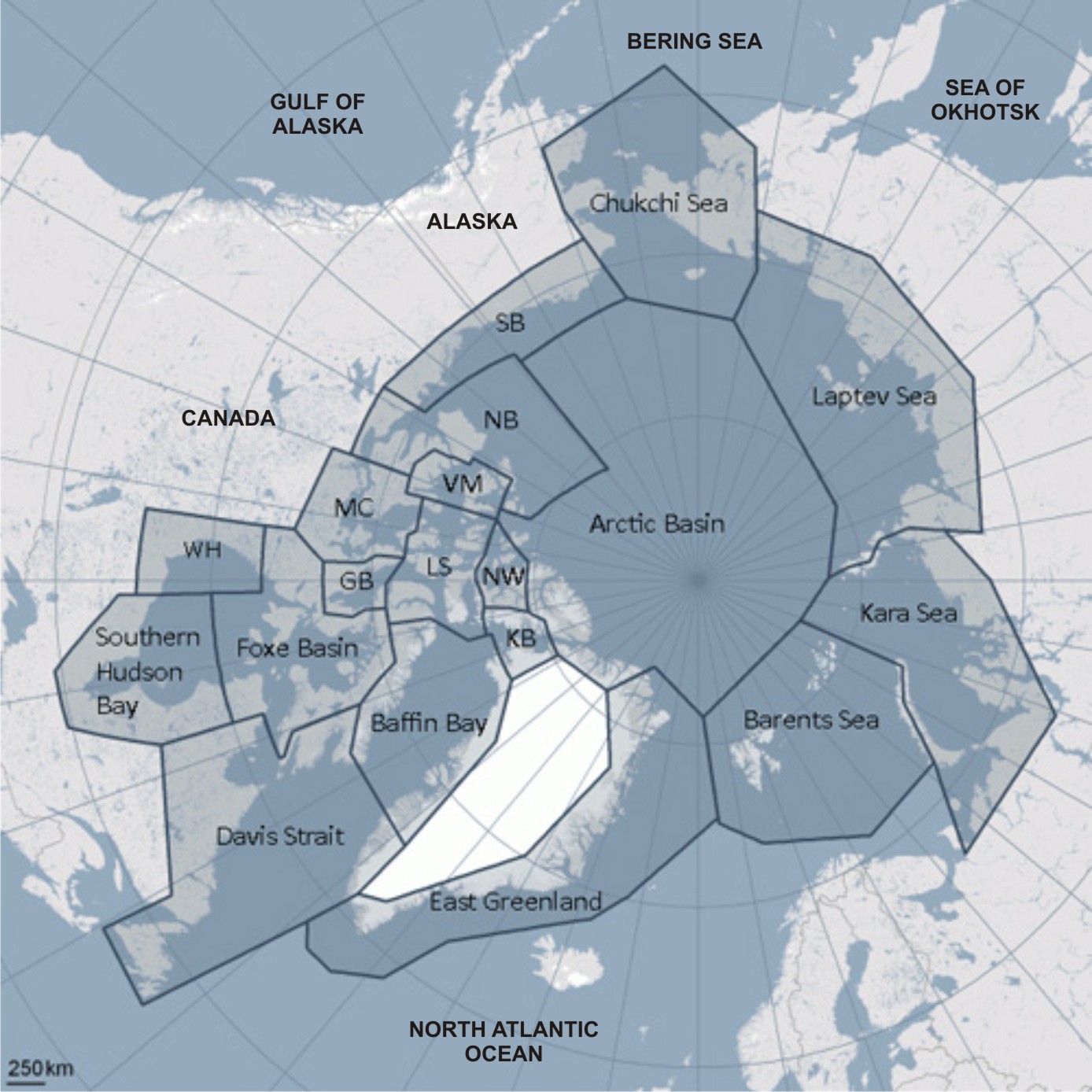And as we continue on our round-trip through cold places, we now end up in the Netherlands. A very excited, anticipating, hopeful Netherlands, every single winter. The reason for that is one of my favourite collective Dutch obsessions, besides our football team and Queen's Day. It's a phenomenon called the Elfstedentocht, or 'Eleven City Tour', which is an almost 200 km ice skating tour on the frozen canals between eleven towns in Friesland, in the North of Holland. The first tour was in 1909, and since then we've had 15 tours, the last one being in 1997 (elfstedentocht.nl).
The relatively small amount of tours is due to the high ice quality necessary; a minimum of 15 cm thickness over the whole trajectory (Official Elfsteden Site). Because this doesn't take place often, gaps between tours are as large as 20 years. Still, as soon as the canals in Holland start freezing over for a few days, and temperatures stay below zero, the fever starts and people start speculating and hoping for another tour. Without fail, you will find newspapers filled with 'expert opinions' on the likelihood of an Elfstedentocht this winter and barely contained excitement. This one, for example. (Dutch - sorry)
The Tour's Route, beginning and
ending in Friesland's Capital:
Leeuwarden. Source
If you want more info on this wonderful tour, which I'm just introducing to you before
I start talking about its relationship to climate change, check out this awesome BLOG.
Pure Dutch Excitement - Source
So, what does this have to do with climate change? Well, talk to a Dutch sceptic about it and you'll hear the following argument: "But I don't notice the global warming at all! We almost had an Elfstedentocht this year!" It's a common confusion between weather and climate, and considering natural variability in temperature proof that climate change isn't happening.
In order to combat the misconceptions that having an Elfstedentocht means climate change is a myth, or that due to climate change, we'll never have a tour again, the KNMI (Royal Dutch Meteorological Institute) published the following article in 2001. It quotes the IPCC scenario that temperature will rise 1.4 to 5.8 degrees C between 2001 and 2100, and relates this to ice thickness.
The mean winter temperature (December-February) between 1980 and 2000 was 3.3 degrees C in the Bilt, where the KNMI is located (KNMI, 2001). This is significantly higher than the mean winter temperature between 1880 and 2000, which is 2.5 degrees C. The research correlates winter temperature with maximum ice thickness in Friesland, and the figure suggests a linear relationship. The research finds that with every degree C in winter temperature rise, the maximum ice thickness decreases with 5.4 cm (KNMI, 2001).
Relationship winter temperature (Y-axis) and
max. ice thickness in cm (x-axis). Red dots
indicate years of an Elfstedentocht. Source
In order to test the linear relationship, the team employed seasonal hindcasting methods in the programme HISKLIM by Brandsma et al. (2000) for the period 1901-2000, meaning they retrospectively predicted the ice thickness in Friesland for all years, knowing their winter temperatures. From this, they got a result of 38 potential Elfstedentocht Winters (Brandsma et al., 2000) and (KNMI, 2001).
The reason for the discrepancy between the 38 potential tours, and the 15 that happened, is the importance of the course that winter takes. For thick ice one needs subzero temperatures, but in addition to that, the temperatures need to be continuously subzero, there can't be any snow and there needs to be little wind in the early stages. Also, logistic difficulties and cracks in the ice due to unidentified events lead to difficulties in organizing the tour (NRC, 2000).
The KNMI then also extrapolated these data to construct the scenario for the 21st century and calculate the amount of potential tours according to the IPCC 2001 scenarios. Their results are displayed in the figure below (KNMI, 2001). Even though since then, two more IPCC reports have been published, the upper and lower boundary of temperatures rise have remained the same - only the certainty has increased - so this figure still holds.
Chances of an Elfstedentocht in the 21st Century.
Relative change (in %, meaning ice thickness in
Friesland >15 cm) on y-asix, years on the x-axis. The colours
express the different IPCC temperature rise scenarios, ranging from 1.4 C to
5.8 C in 2100. Source
Finally, this means that even for the lower boundary scenario, Elfstedentochten will become even more rare in the next century. But along with so many other Dutchies, I will keep hoping for one, because this again is one of these wonderful parts of many people's lives that I don't want to see vanish due to climate change.












